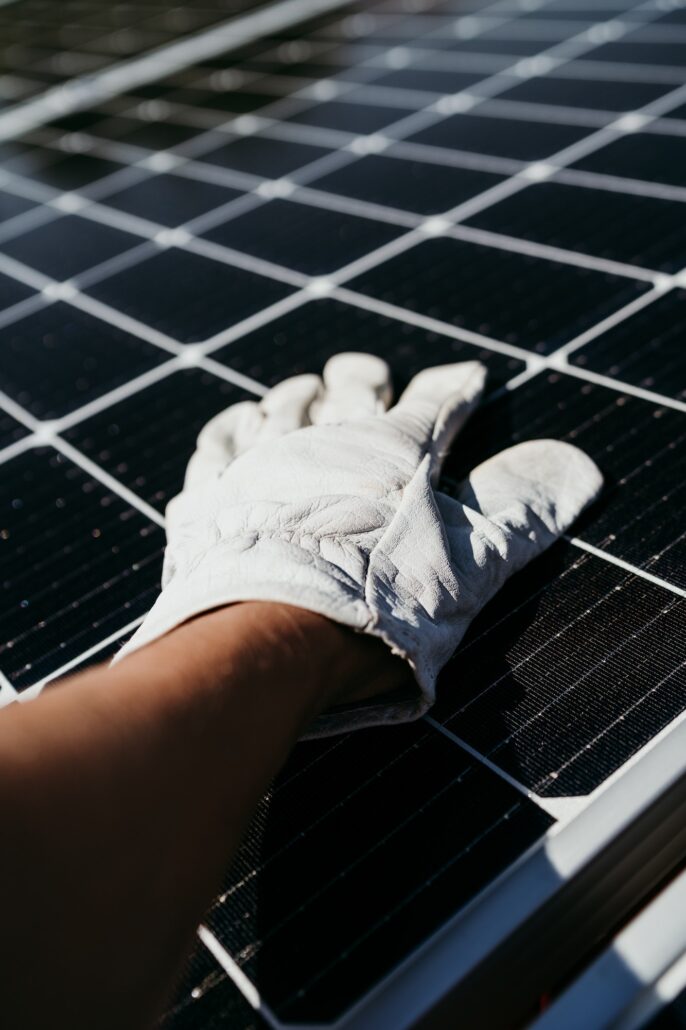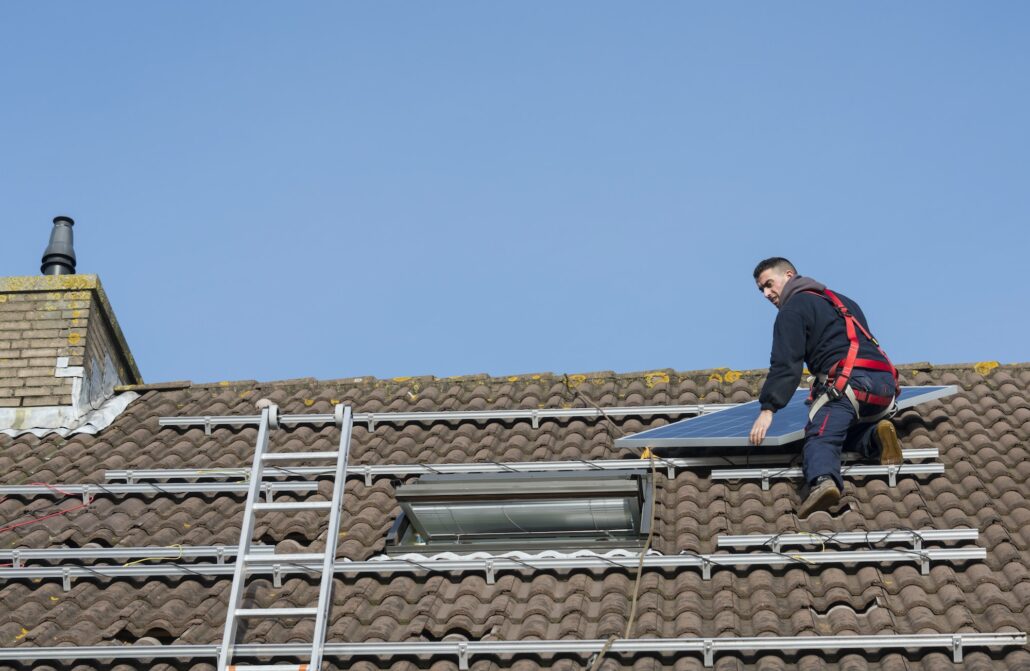Solar Panel Maintenance Guide for Maximum Efficiency
Solar Panels can withstand a lot, but they still require maintenance. Proper solar panel maintenance ensures that you will get the most out of your solar panel system.
Keeping your solar panels repaired, clean, and free of debris extends their lifespan and keeps them functioning at the highest level.
Let’s dive into solar panel maintenance to find out everything we need to know about properly maintaining solar panels and maximizing efficiency.
Solar Panel Maintenance: What You Need To Know
Going solar is a great way to offset energy costs and do something good for the environment, and well-maintained solar panels will guarantee that you get the most out of your investment.
Maintaining solar panels includes routine cleanings and inspections. Checking the panels and wiring for damage or general wear and tear is necessary. Likewise, cumulative dirt and debris that block the ability of panels to absorb maximum sunlight should be removed.
There are, however, a few things you need to know before cleaning your panels to avoid potential damage.

Inspecting Solar Panels
It is a good rule of thumb to schedule an annual, professional inspection. Even if you routinely perform maintenance checks yourself, an experienced technician will be able to more thoroughly assess the situation and catch potential issues you may have missed.
Maintenance Frequency
While some manufacturers recommend annual to quarterly maintenance, there really isn’t an exact science. How often you clean your panels is up to you, and most homeowners with solar panels clean them twice a year.
If you are inspecting and cleaning them yourself — and there have been no drastic changes in productivity — chances are you will not require significant maintenance.

Maintenance Indicators
A key indicator that your solar panels require maintenance is performance. If you have noticed an extended period of low energy production — sans any substantial seasonal changes — a cleaning, debris check, or professional inspection could be required.
Monitor and track your energy output. If your panels are still relatively new, fluctuations in output likely indicate an immediate issue that needs to be addressed.
Additionally, if you have experienced any amount of severe weather, it is a good idea to check out your solar panels regardless of productivity to ensure there is no superficial or structural damage that may compromise your system.
Schedule a Professional Maintenance Appointment
If your solar panels require repair, replacement, or if you just prefer a comprehensive cleaning, contact Gurr Brothers Energy. Their solar experts can fix any system issues, and they offer professional cleanings with surface-safe cleaning products.
Author: Hunter S.
Interested in Our Solar Services?
Give Gurr Brothers Energy a call today and let’s start powering your life with sunshine!
Send a message
Get in Touch With us Today!
Author: Hunter S.
























